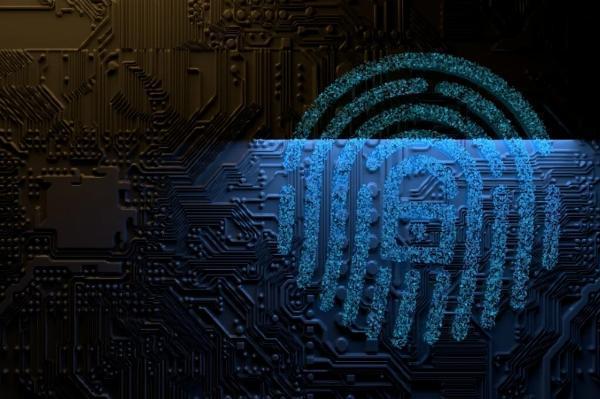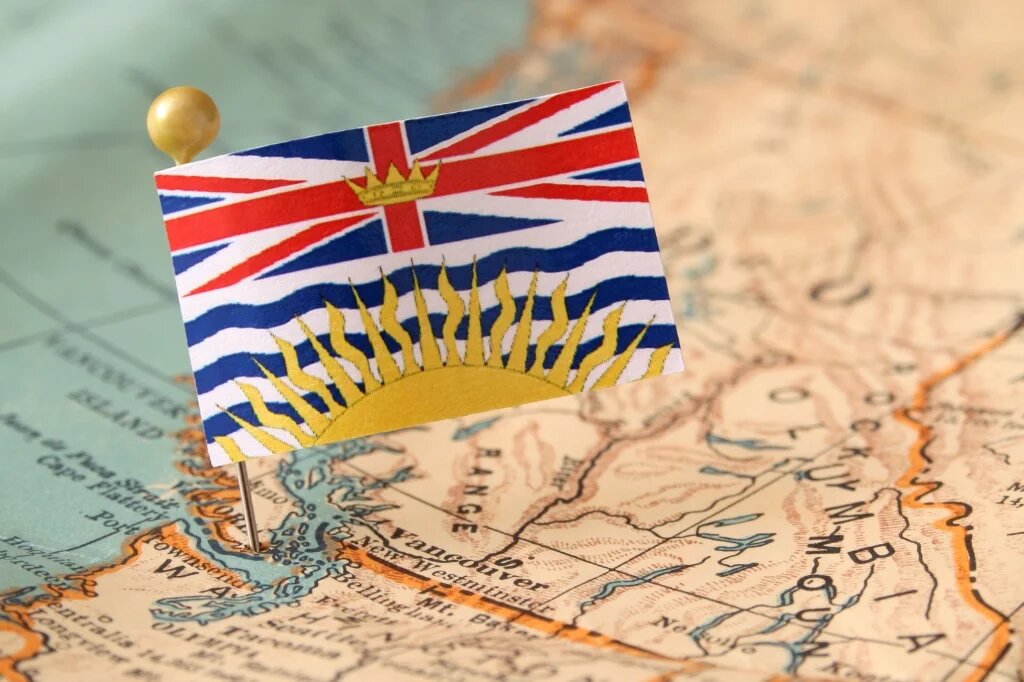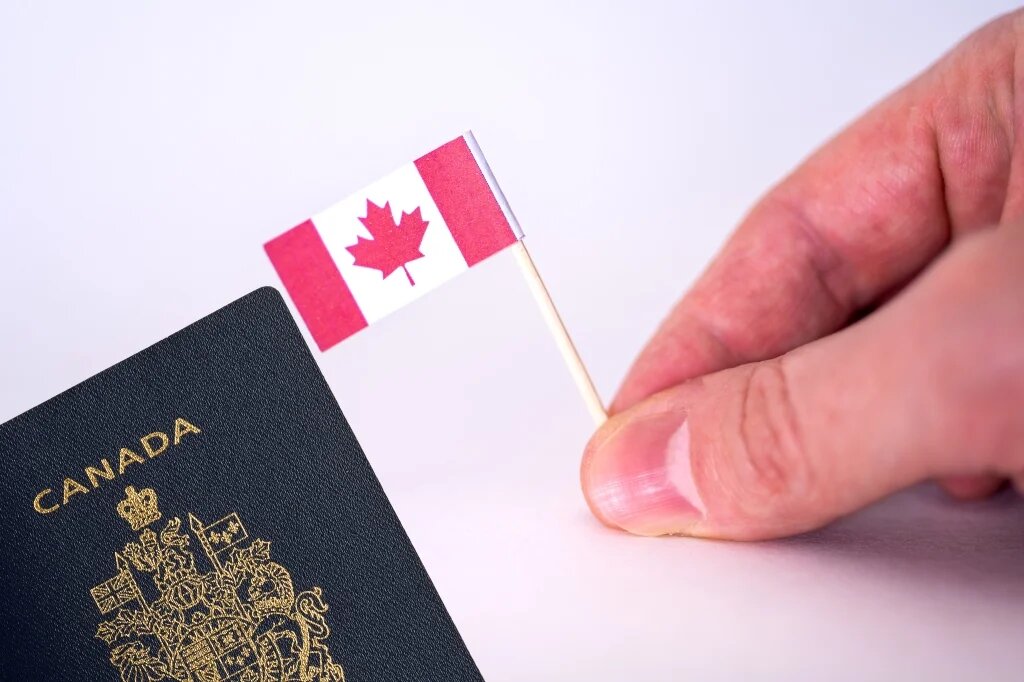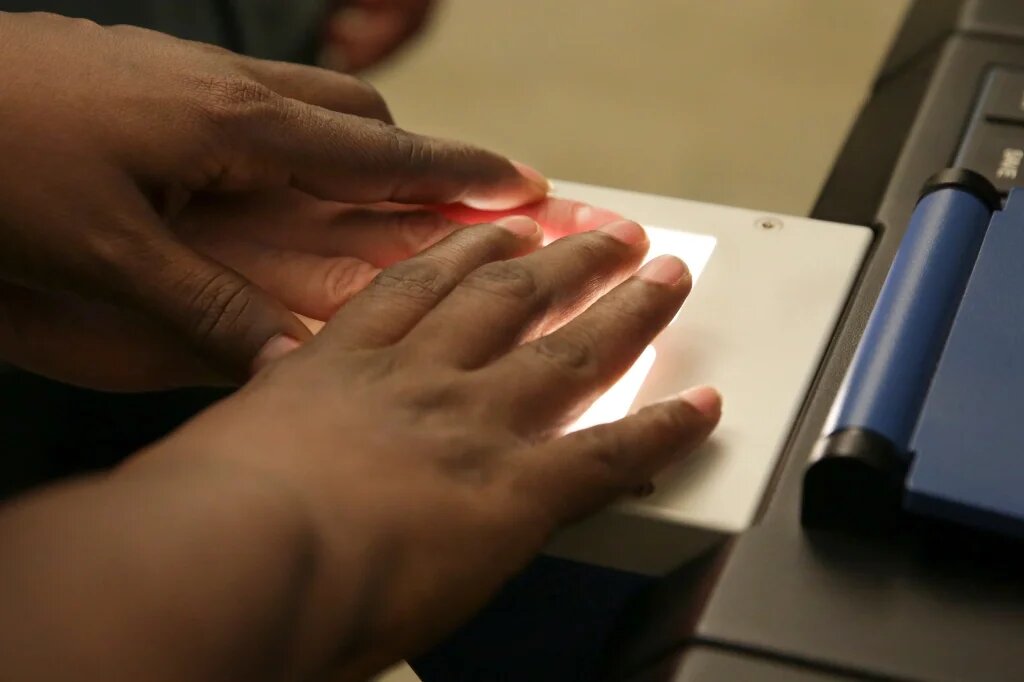Harnessing the Power of Fingerprint Services - An In-Depth Guide

Strong 8k brings an ultra-HD IPTV experience to your living room and your pocket.
Fingerprinting services play a crucial role in various legal, governmental, and personal identification processes. Whether it's for employment, immigration, licensing, or criminal record checks, fingerprinting is a reliable method to authenticate an individual's identity. This article delves into the details of fingerprinting services, exploring their significance, different types, the process involved, and how to find the best fingerprinting service provider.
What Are Fingerprinting Services?
Fingerprinting services involve capturing the unique patterns of an individual’s fingerprints for identification and verification purposes. These services are essential in many sectors, including law enforcement, immigration, employment, and personal identification. The ridges and valleys on a person's fingertips form patterns that are unique to each individual, making fingerprinting one of the most reliable methods of identification.
Why Are Fingerprinting Services Required?
Fingerprinting is required for various reasons, including:
Criminal Background Checks: Law enforcement agencies use fingerprinting to conduct background checks. This is often required for employment, immigration, and licensing to ensure the individual has no criminal record.
Immigration Processes: Fingerprints are used in immigration processes to verify an individual's identity and check for any criminal history. Many countries, including Canada and the United States, require fingerprints for visa applications, permanent residency, and citizenship.
Employment Screening: Employers, especially in sensitive industries such as finance, healthcare, and education, require fingerprinting to verify the identity and background of potential employees.
Licensing and Certification: Certain professions require individuals to be fingerprinted before they can be licensed or certified. This includes teachers, nurses, and security personnel, among others.
Personal Identification: Fingerprints can also be used for personal identification in cases of lost or stolen identification documents.
Types of Fingerprinting Services
There are different types of fingerprinting services available, each serving a specific purpose. Understanding these types can help you choose the right service for your needs.
1. Ink Fingerprinting
Ink fingerprinting is the traditional method of fingerprinting, where the fingers are rolled in ink and then pressed onto a fingerprint card. This method has been used for decades and is still in use today for certain applications.
Pros:
• Widely accepted, especially in jurisdictions where digital methods are not available.
• Simple and requires minimal technology.
Cons:
• Prone to smudging and errors.
• Requires physical storage of fingerprint cards, which can be cumbersome.
2. Live Scan Fingerprinting
Live Scan fingerprinting is a digital method of capturing fingerprints using an electronic fingerprint scanner. This method is more modern and is becoming the standard for fingerprinting services.
Pros:
• More accurate and less prone to errors compared to ink fingerprinting.
• Fingerprints are stored electronically, making them easier to transmit and share with relevant authorities.
• Results are often processed faster.
Cons:
• Requires access to digital fingerprinting technology.
• Not all locations may have Live Scan facilities available.
3. Fingerprinting for Background Checks
This type of fingerprinting service is specifically used for conducting background checks. It involves comparing an individual’s fingerprints against a database of known fingerprints to check for any criminal history.
Pros:
• Essential for employment, licensing, and immigration purposes.
• Provides a reliable method of verifying an individual’s background.
Cons:
• Can be time-consuming, depending on the jurisdiction and the databases being searched.
4. Civil Fingerprinting
Civil fingerprinting is used for non-criminal purposes, such as immigration, employment, and licensing. This type of fingerprinting is often required by government agencies and employers to verify an individual’s identity and check for any criminal history.
Pros:
• Helps ensure that individuals meet the necessary requirements for employment, immigration, or licensing.
• Protects organizations and the public from potential risks.
Cons:
• May involve fees and require an appointment at a fingerprinting service provider.
5. Mobile Fingerprinting Services
Mobile fingerprinting services bring the fingerprinting process to the client, rather than requiring the client to visit a fingerprinting location. This is particularly useful for large groups, corporate clients, or individuals with mobility issues.
Pros:
• Convenient and flexible, as the service can be conducted at a location of the client’s choice.
• Ideal for businesses or organizations that need to fingerprint multiple individuals at once.
Cons:
• May be more expensive than traditional fingerprinting services due to travel costs.
The Fingerprinting Process
The fingerprinting process varies slightly depending on the method used (ink or digital), but the general steps remain consistent.
1. Preparation
Before undergoing the fingerprinting process, it’s essential to gather the necessary documents and identification. This may include government-issued photo ID, appointment confirmation, and any specific forms required by the requesting agency.
2. Capturing the Fingerprints
Ink Fingerprinting: The technician will roll your fingers in ink and press them onto a fingerprint card. Each finger is rolled from one side to the other to capture the full fingerprint. The technician may also take "plain impressions" by pressing all four fingers (and the thumb) flat against the card.
Live Scan Fingerprinting: The technician will place each finger on a digital scanner, which captures the fingerprint electronically. The scanner may prompt the technician to adjust the finger position to ensure a clear image. The fingerprints are then saved in a digital format.
3. Verification
Once the fingerprints are captured, the technician will verify that they are clear and complete. If any fingerprints are smudged or incomplete, the process may need to be repeated.
4. Submission
Ink Fingerprinting: The fingerprint card is typically mailed to the requesting agency or given to the individual for submission.
Live Scan Fingerprinting: The fingerprints are transmitted electronically to the appropriate agency. In some cases, the individual may receive a confirmation receipt.
5. Processing
The fingerprints are processed by the relevant authority, such as a government agency or a law enforcement department. The processing time can vary depending on the purpose of the fingerprinting and the agency’s workload.
How to Find the Best Fingerprinting Service Provider
Choosing the right fingerprinting service provider is crucial for ensuring the accuracy and reliability of your fingerprints. Here are some factors to consider when selecting a provider:
1. Accreditation and Certification
Ensure that the fingerprinting service provider is accredited and certified by the relevant authorities. In many countries, fingerprinting services must be licensed and adhere to strict standards. Check if the provider is approved by organizations such as the RCMP (Royal Canadian Mounted Police) in Canada or the FBI in the United States.
2. Reputation and Reviews
Research the provider’s reputation by reading customer reviews and testimonials. A reputable fingerprinting service provider should have positive feedback from clients, indicating reliability and professionalism.
3. Technology and Equipment
If you prefer digital fingerprinting, ensure that the provider uses modern Live Scan technology. This technology is more accurate and efficient than traditional ink fingerprinting. Verify that the equipment is up-to-date and well-maintained.
4. Turnaround Time
Consider the turnaround time for processing fingerprints. Some providers may offer expedited services for an additional fee, which can be beneficial if you need your fingerprints processed quickly. Be sure to inquire about the expected processing time before scheduling your appointment.
5. Cost and Fees
The cost of fingerprinting services can vary depending on the provider and the type of fingerprinting required. Compare prices from different providers, but be cautious of providers offering significantly lower prices, as this may indicate lower quality service.
6. Convenience and Accessibility
Choose a provider that offers convenient locations and hours of operation. Some providers may also offer mobile fingerprinting services, which can be a convenient option if you are unable to visit a fingerprinting location.
7. Customer Service
Good customer service is essential when dealing with fingerprinting services. The provider should be responsive, helpful, and willing to answer any questions you may have. Check if they offer assistance with filling out forms or navigating the fingerprinting process.
8. Compliance with Privacy Regulations
Fingerprinting involves the collection of sensitive personal information, so it’s crucial to choose a provider that complies with privacy regulations. Ensure that the provider follows best practices for data security and confidentiality.
Fingerprinting services are an essential component of various legal and personal identification processes. Whether for employment, immigration, licensing, or background checks, having your fingerprints professionally captured ensures accuracy and reliability. Understanding the different types of fingerprinting services, the process involved, and how to choose the best provider can help you navigate this crucial step with confidence.
By considering factors such as accreditation, reputation, technology, and customer service, you can find a fingerprinting service provider that meets your needs and ensures your fingerprints are processed efficiently and accurately.
Note: IndiBlogHub features both user-submitted and editorial content. We do not verify third-party contributions. Read our Disclaimer and Privacy Policyfor details.







